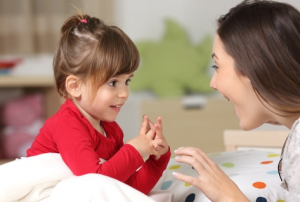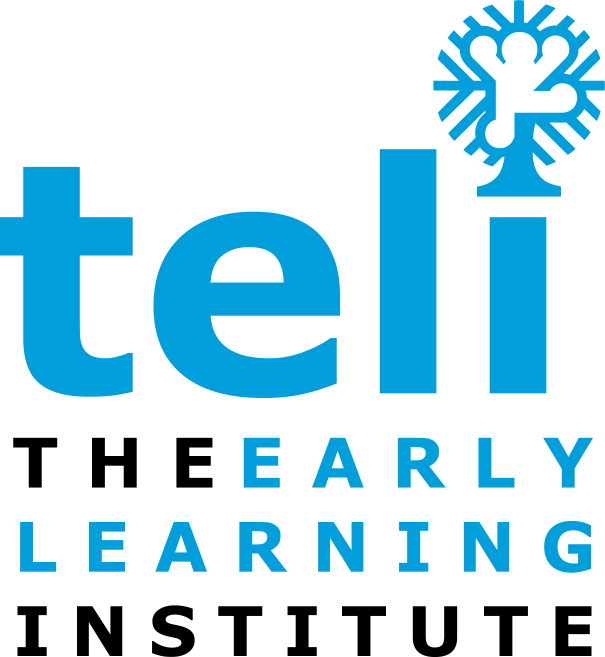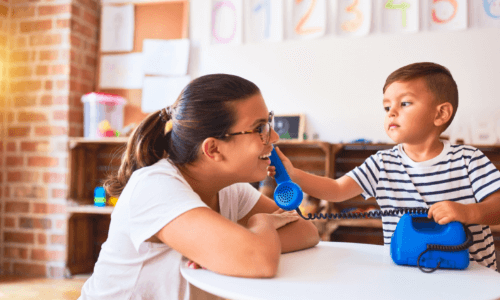Early Intervention and Joint Attention – it takes two!
Authored by: Kelly Beddall, teli Speech and Language Pathologist
 In an infant’s first few months, they begin to achieve developmental milestones that build the skills to communicate for a lifetime. It may not include words, but it does include another person! An infant gazing at their mother to connect, or a 6-month-old looking at a toy and then back to their dad as their way of saying “I want that!” is communication.
In an infant’s first few months, they begin to achieve developmental milestones that build the skills to communicate for a lifetime. It may not include words, but it does include another person! An infant gazing at their mother to connect, or a 6-month-old looking at a toy and then back to their dad as their way of saying “I want that!” is communication.
This ability to shift attention from an object or situation to another person is called “joint attention”, a child developmental milestone essential to basic communication. With the help of teli’s Early Intervention Services, achieving this and other language developmental milestones are possible for children who may not be demonstrating this behavior.
Why is Joint Attention so important to Child Language Development?
In order to communicate, there must be an interaction with another person. Joint attention is socialization with another by engaging in sharing an object or a situation. When you experience something, you enjoy it more when you share it with someone else. The same thing is true for a child as they begin to experience new things in their environment. A reaction to a sound, followed by a look at the source, and then to you with a smile, is a form of communication without words.
A parent can point at the object or associate a word with the sound and begin to reinforce “joint attention” through imitation or taking turns. Through this activity a child can come to realize that adults want to share attention with them and provide information about their surroundings. All of these interactions reinforce the back and forth activity that is required for communication skills.
What are the signs of Joint Attention?
The typical child development of joint attention begins with eye gazing as early as 4-6 months.
- A 6-month-old should be able to follow the gaze of his parent by turning to whatever the parent is looking at.
- At about 8-9 months, babies begin pointing. They will point as well as use their eye gaze to get someone’s attention directed to the object at which they are looking.
- Once a baby is over 9 months you will see gaze checking; when they are looking to see that you are looking at the same object.
What are some signs that Joint Attention may not be developing in your child?
The following are some red flags that a parent may observe in their child and may want to bring to the attention of their health care provider and/or Early Intervention therapists:
- You have to work hard to engage your child in a shared activity such as peekaboo
- Your child prefers to play alone
- Your child does not respond or inconsistently responds to his name
How can I improve my child’s Joint Attention?
The best way to help your child continue to develop joint attention is to engage with them as much as possible. Get down on the floor with them face to face and get their attention. Some suggestions include:
- Find toys that they are interested in that have a cause and effect relationship such as light up or windup toys.
- Point to a toy that your child likes and say, “look.” Gently turn his/her head toward the toy. When they look toward it give it to them to play.
- Blow up a balloon, but don’t tie it or let it go. Say, “look,” and release it when your child looks.
- When another family member comes into the room, point and say, “look.” Reward your child for looking with a hug!
- Try a “ready, set, go!” activity to engage them and build anticipation and repetition.
If you are concerned about your child’s development, teli’s Early Intervention Services can help. Please call us at 412-922-8322.


